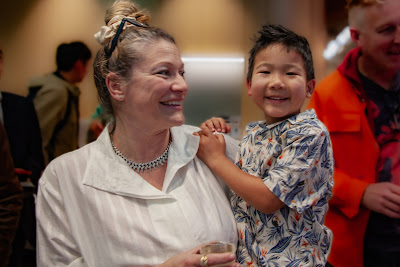NEUROSCIENCE IN OUR DIALY LIFE …
NEUROSCIENCE IN OUR DIALY LIFE …
3 KEY PARTS OF OUR BRAIN.
When practicing mindfulness, the muscles relax, the nervous system balances, and hormones and neurotransmitters are released. This allows the brain to react rationally, think logically, and maintain focused attention, while also positively affecting people's mood.
Here’s a brief introduction from neuroscience about how brains works and how mindfulness influences our daily lives.The brain serves as a guide to understand how we learn and behave. Its the place where our emotions and motivations are controlled. There are three fundamental parts of the brain involved in receiving, using, and storing information (memory). Each part is linked to a main function. And their functioning is closely related to our emotional state, our levels of stress and anxiety:
THE PREFRONTAL CORTEX (PFC) [THINKING].
Enables us to make rational decisions, perform calculations, solve problems, and focus our attention. The PFC passes information that needs to be stored/remembered to the hippocampus. However, the PFC only receives information when the amygdala is relaxed.
THE AMYGDALA, or "security guard". [EMOTIONS]
Regulates our emotional state and protects us from threats. It regulates and blocks information going to the PFC. Since it does not differentiate between a stressful situation and a true emergency, it can react quickly to fear, threats, and danger, leading to emotions such as fear, anger, or anger.
THE HIPPOCAMPUS. [MEMORIES]
creates, stores, and processes important memories and information from daily life. It acts as a large storage chamber for memory and learning. It also assists in managing responses to fear and threats.
When a person is relaxed and/or in a positive emotional state, information can flow through the brain in a rational and conscious manner. Conversely, when a person is in a negative emotional state (stress, anxiety, fear), information does not pass through the brain correctly, blocking higher-level thinking and rational decision-making. In this way, incoming stimuli and signals are handled by the amygdala as an automatic reflex response of 'fight, flight, or freeze.'
MINDFULNESS IN THE CLASSROOM...
Short mindful games and activities before and after the classes can make the difference between stressed minds and happy and focused kids.
Which mindful skills do you practice at home or at the classroom to maintain a healthy emotional state?
































